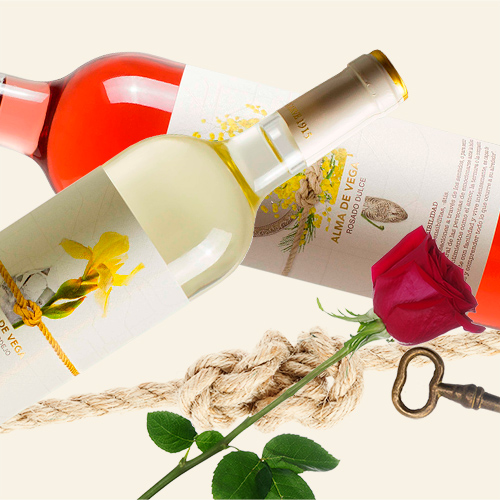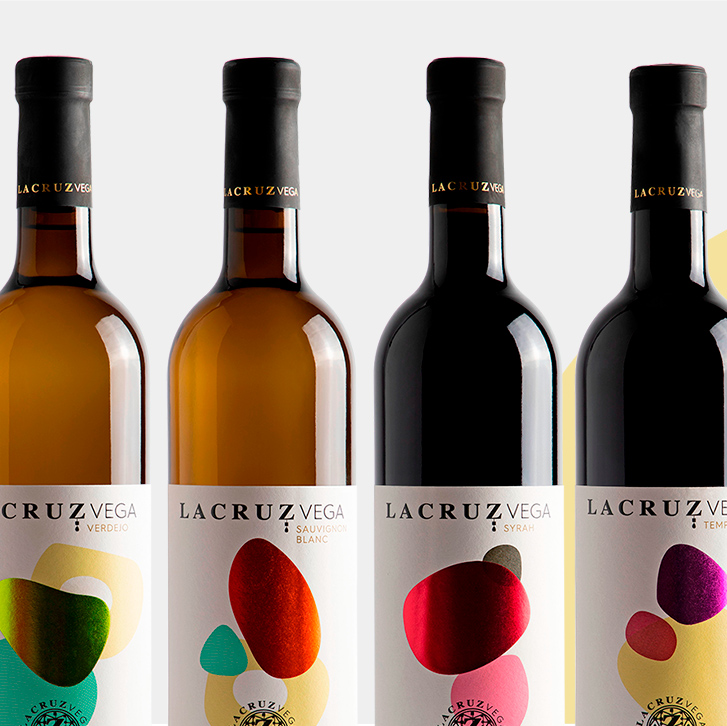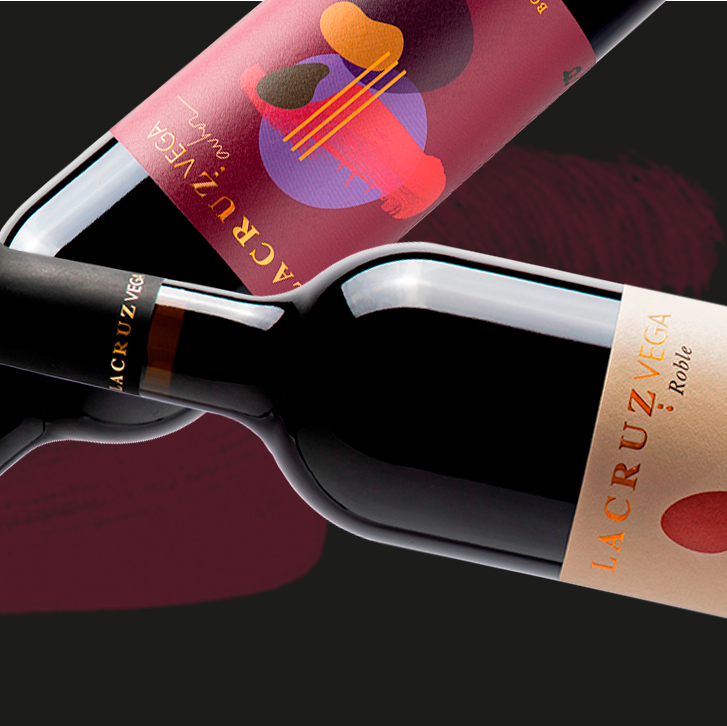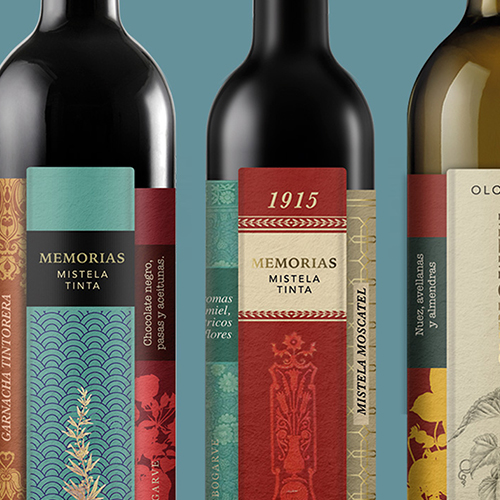HISTORY
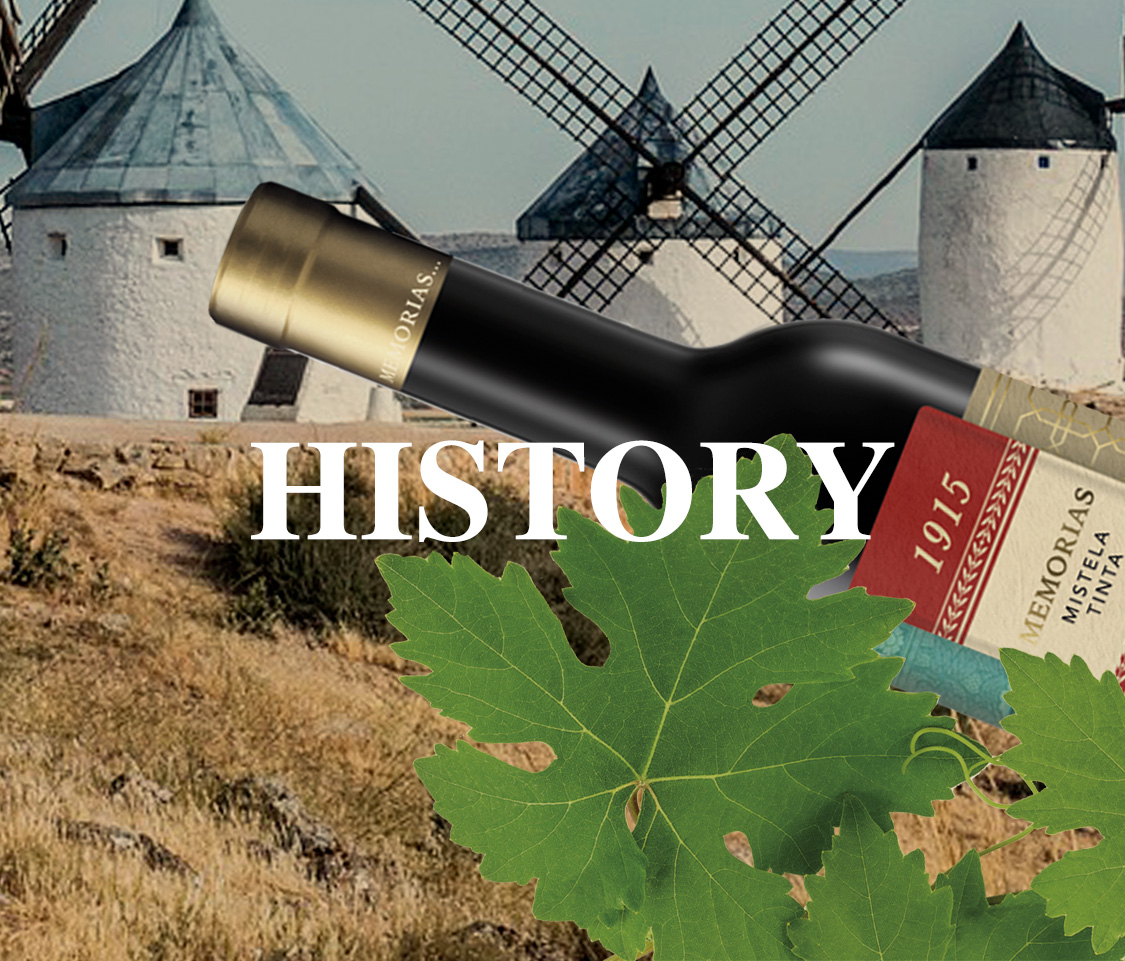
Our products are backed by more than 100 years of history, and more than 100 years of passion, commitment and a determination on the part of the García de la Cruz family to make the very best wines. We are faithful to the traditions passed down from generation to generation by our ancestors, and combine them with the most advanced modern techniques in order to ensure that each bottle offers a unique experience.
Our products are backed by more than 100 years of history, and more than 100 years of passion, commitment and a determination on the part of the García de la Cruz family to make the very best wines. We are faithful to the traditions passed down from generation to generation by our ancestors, and combine them with the most advanced modern techniques in order to ensure that each bottle offers a unique experience.
1905
The origins of our winery and distillery date back to 1905, the year in which they were both created.

1905
The origins of our winery and distillery date back to 1905, the year in which they were both created.

1915
In August 1914, Cipriano García de la Cruz y Romeral acquired the distillery; one year later, he added the winery; and after the harvest in 1915, the first wines and mistelles were produced. Since then, and over the course of four generations, both companies have been run by our family.
Historically, our winery was one of the largest and most advanced in the region. Wine was sold in bulk and stored in barrels, which were carried by mules to the train station in the nearby town of Villacañas. There, the barrels’ contents were transferred into a cask and the wine was distributed all over Spain.
In a newspaper article from 1924, the winery was described as follows: “It is equipped with stills for the distillation of alcohol and boasts all the advances of modern industry, such as hydraulic belts to lift water”.

1915
In August 1914, Cipriano García de la Cruz y Romeral acquired the distillery; one year later, he added the winery; and after the harvest in 1915, the first wines and mistelles were produced. Since then, and over the course of four generations, both companies have been run by our family.
Historically, our winery was one of the largest and most advanced in the region. Wine was sold in bulk and stored in barrels, which were carried by mules to the train station in the nearby town of Villacañas. There, the barrels’ contents were transferred into a cask and the wine was distributed all over Spain.
In a newspaper article from 1924, the winery was described as follows: “It is equipped with stills for the distillation of alcohol and boasts all the advances of modern industry, such as hydraulic belts to lift water”.
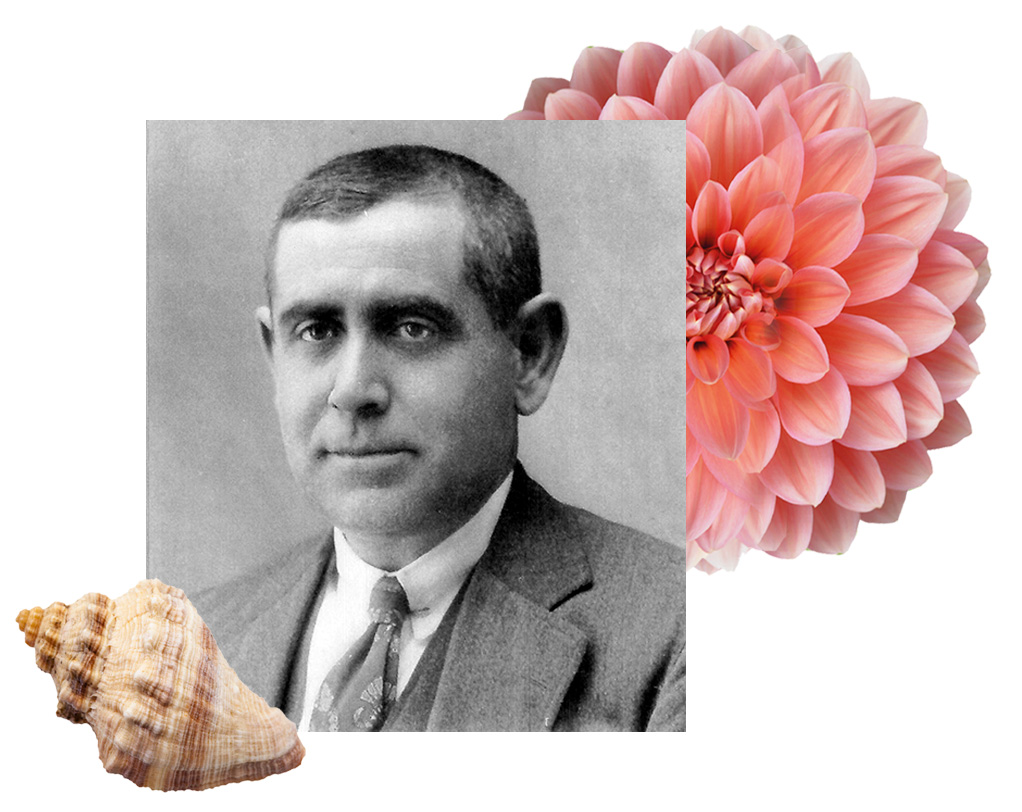
1936
Upon Cipriano’s death, the company passed into the hands of his wife, Gumersinda Gómez-Miguel, and became known as Bodega Viuda de Cipriano García de la Cruz (“The Winery of the Widow of Cipriano García de la Cruz”). The winery kept this name until 1996, when it was changed to Bogarve 1915.

1936
Upon Cipriano’s death, the company passed into the hands of his wife, Gumersinda Gómez-Miguel, and became known as Bodega Viuda de Cipriano García de la Cruz (“The Winery of the Widow of Cipriano García de la Cruz”). The winery kept this name until 1996, when it was changed to Bogarve 1915.
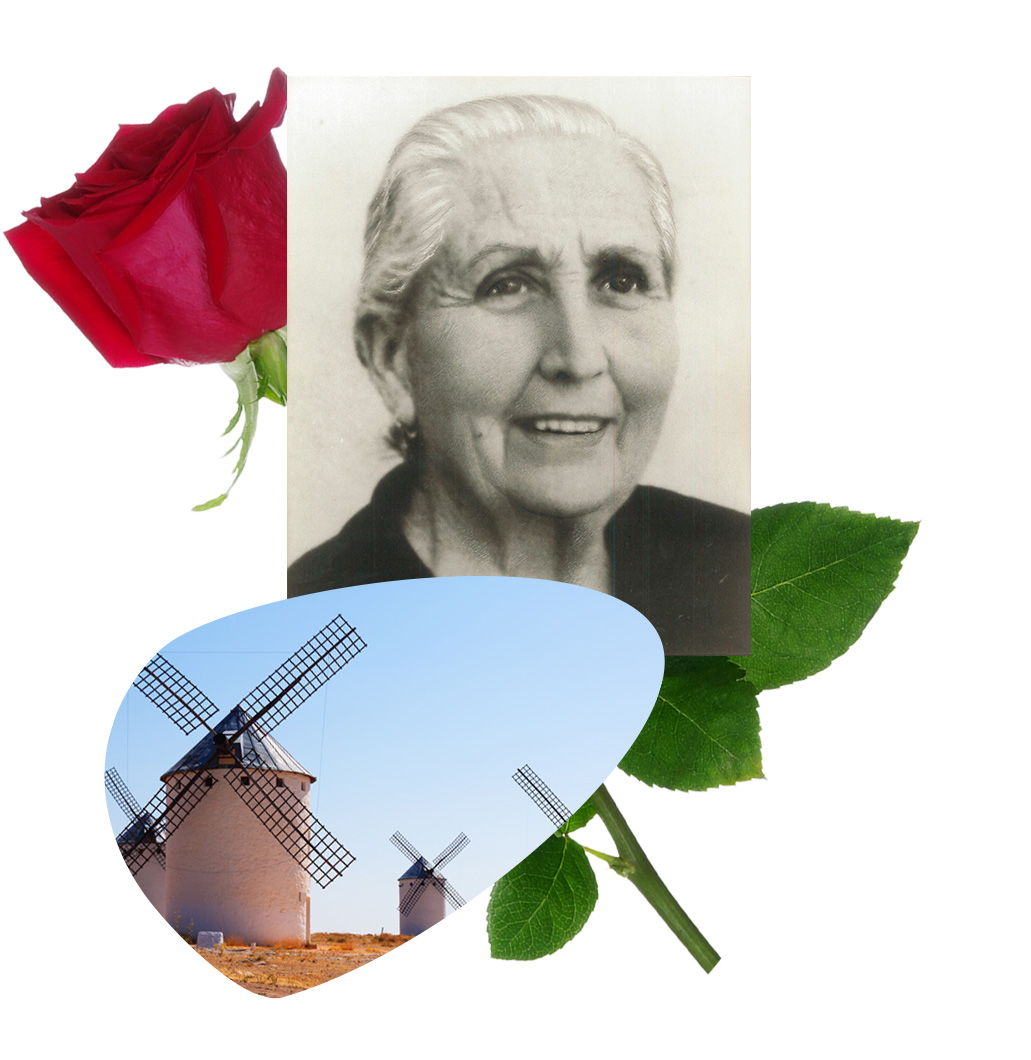
1940
The couple’s son, Francisco García de la Cruz Gómez-Miguel, inherited the winery, the distillery and the grape pomace oil extractor. During his time in charge of the companies, the winery was expanded and the earthenware jars were replaced with conical cement vats. These new vats were a major technical improvement, as there were no limitations on their size. In contrast, the size of the traditional earthenware jars was limited by the fact that they had to be fired in a kiln.
Some years later, new tanks with a very high storage capacity were built and the docks for unloading the grapes were enlarged.

1940
The couple’s son, Francisco García de la Cruz Gómez-Miguel, inherited the winery, the distillery and the grape pomace oil extractor. During his time in charge of the companies, the winery was expanded and the earthenware jars were replaced with conical cement vats. These new vats were a major technical improvement, as there were no limitations on their size. In contrast, the size of the traditional earthenware jars was limited by the fact that they had to be fired in a kiln.
Some years later, new tanks with a very high storage capacity were built and the docks for unloading the grapes were enlarged.

1975
Francisco’s son, Manuel García de la Cruz Aguilar, took over the running of the business in 1975. He continued to enlarge and modernise the systems and equipment in both the winery and the distillery, thereby increasing their capacity to create and produce alcohol products. He also extended the vineyards and added different varieties of both white and red grapes.

1975
Francisco’s son, Manuel García de la Cruz Aguilar, took over the running of the business in 1975. He continued to enlarge and modernise the systems and equipment in both the winery and the distillery, thereby increasing their capacity to create and produce alcohol products. He also extended the vineyards and added different varieties of both white and red grapes.

1996
In 1996 the first vineyards to use the espalier system were planted, making it easier and faster to harvest the grapes. Currently, the family has around 120 ha of its own vineyards within the municipality of Madridejos and plants new vines every year. We also have agreements with suppliers who farm another 1,500 ha.
The year 1996 also saw the creation of the companies Bogarve 1915 and Algarve 1914. The names are a contraction of “Bodega García de la Cruz Vega” and “Alcoholes García de la Cruz Vega”, combined with the date of the firms’ creation, thus paying homage to the first vintage that was produced in these facilities.
Thanks to Algarve 1914, a distillery dedicated to the creation of alcohol products of vinous origin, we are able to produce alcohol of the very highest quality for use in the preparation of our mistelles and vermouths. Additionally, it is one of the oldest distilleries in the region of Castilla-La Mancha.

1996
In 1996 the first vineyards to use the espalier system were planted, making it easier and faster to harvest the grapes. Currently, the family has around 120 ha of its own vineyards within the municipality of Madridejos and plants new vines every year. We also have agreements with suppliers who farm another 1,500 ha.
The year 1996 also saw the creation of the companies Bogarve 1915 and Algarve 1914. The names are a contraction of “Bodega García de la Cruz Vega” and “Alcoholes García de la Cruz Vega”, combined with the date of the firms’ creation, thus paying homage to the first vintage that was produced in these facilities.
Thanks to Algarve 1914, a distillery dedicated to the creation of alcohol products of vinous origin, we are able to produce alcohol of the very highest quality for use in the preparation of our mistelles and vermouths. Additionally, it is one of the oldest distilleries in the region of Castilla-La Mancha.
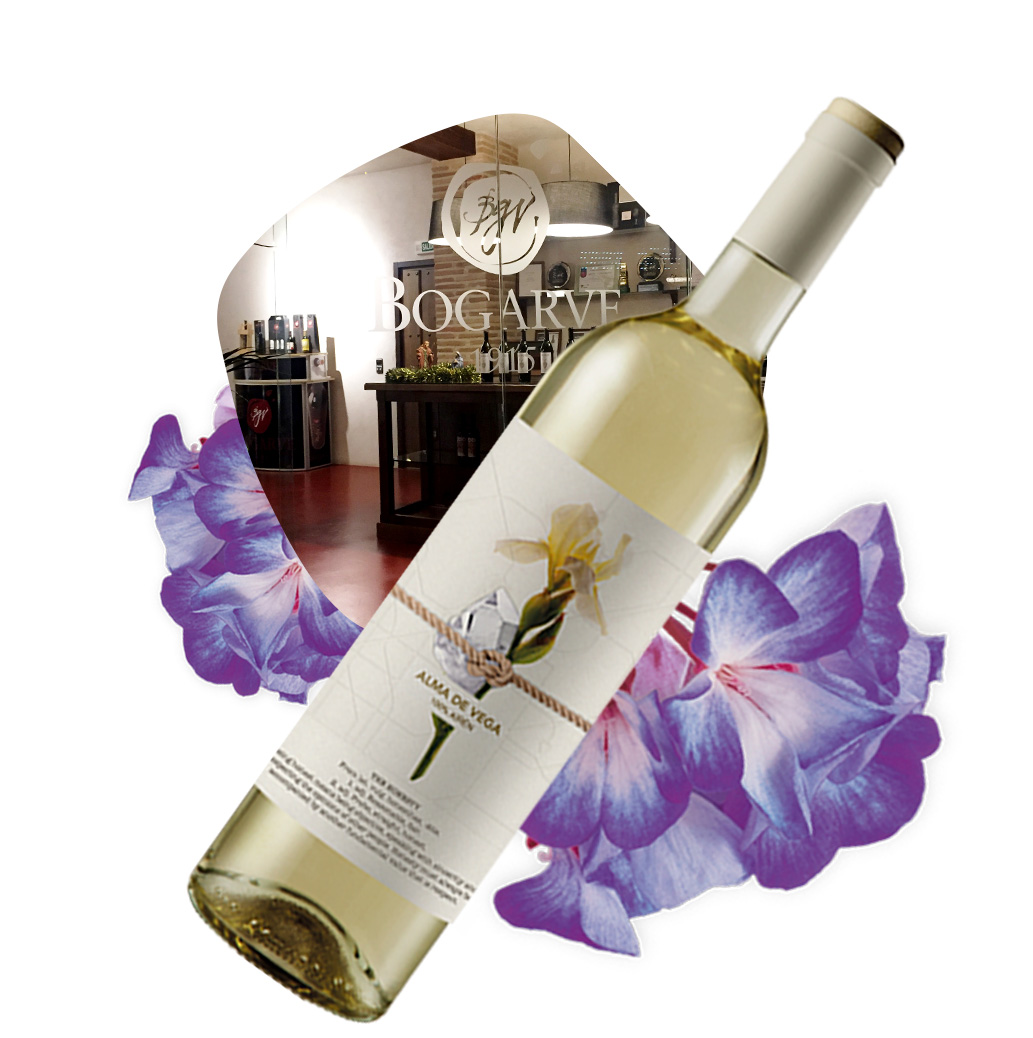
2006
Throughout the 20th century we dedicated the majority of our efforts to the selling of high-quality products in bulk. In 2006 we acquired the family’s first bottling machine and took our first steps in the world of bottled beverages, launching a product that was prepared with great care and boasted a uniquely balanced taste. Thus, the LaCruz brand was born. We produce these wines using the most advanced technologies while also drawing on the experience, care and know-how of our ancestors, thereby paying homage to our origins.
We make red, white and rosé wines, mistelles (liqueur wines made from the Airén, Grenache and Muscat Blanc à Petits Grains varieties) and vermouths. The formula for all of our products was developed in accordance with exclusive criteria handed down by our forefathers, and is now our best-kept secret. The outcome of this formula is a product that is exceptionally well-made and stands out from the competition.

2006
Throughout the 20th century we dedicated the majority of our efforts to the selling of high-quality products in bulk. In 2006 we acquired the family’s first bottling machine and took our first steps in the world of bottled beverages, launching a product that was prepared with great care and boasted a uniquely balanced taste. Thus, the LaCruz brand was born. We produce these wines using the most advanced technologies while also drawing on the experience, care and know-how of our ancestors, thereby paying homage to our origins.
We make red, white and rosé wines, mistelles (liqueur wines made from the Airén, Grenache and Muscat Blanc à Petits Grains varieties) and vermouths. The formula for all of our products was developed in accordance with exclusive criteria handed down by our forefathers, and is now our best-kept secret. The outcome of this formula is a product that is exceptionally well-made and stands out from the competition.
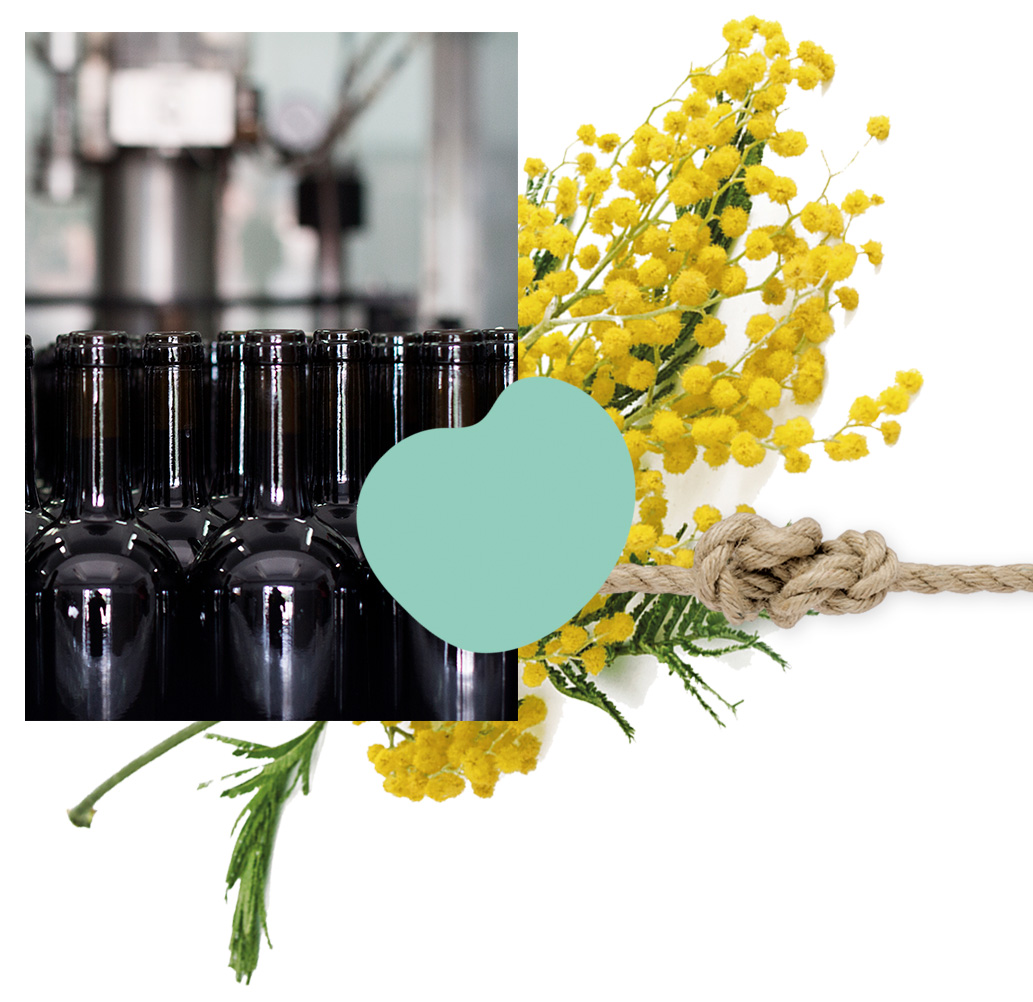
TODAY
Today, the winery is run by Cipriano’s great-granddaughters, sisters Carmen and Paloma García de la Cruz Vega. They are laying the foundations for international exportation and innovation, combining our winemaking traditions with cutting-edge approaches.
In recent years, both companies have not only made a splash in the domestic market, but also made significant inroads into Europe (Portugal, Belgium, Ireland, France, Switzerland, Italy, the Netherlands, Germany, Romania and Russia), the USA, Africa, Canada and Asia, where they have won some of the most prestigious international accolades and awards.
TODAY
Today, the winery is run by Cipriano’s great-granddaughters, sisters Carmen and Paloma García de la Cruz Vega. They are laying the foundations for international exportation and innovation, combining our winemaking traditions with cutting-edge approaches.
In recent years, both companies have not only made a splash in the domestic market, but also made significant inroads into Europe (Portugal, Belgium, Ireland, France, Switzerland, Italy, the Netherlands, Germany, Romania and Russia), the USA, Africa, Canada and Asia, where they have won some of the most prestigious international accolades and awards.



